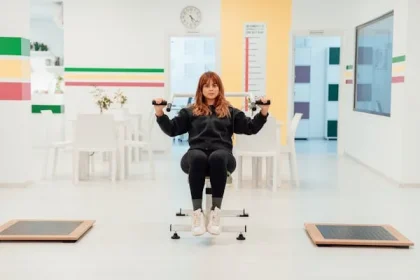From Concept to Cuisine: Tools and Resources for Launching Your Restaurant
Opening a restaurant is a dream for many aspiring entrepreneurs and chefs, yet the journey from concept to the opening…
TRENDING
Hot in This Month
Understanding Civil Car Coverage: A Comprehensive Guide
What Is Civil Car Coverage (Liability Insurance)? Civil car coverage, called liability insurance, protects drivers and their assets. Let's explore the…
Dry Hire Equipment: A Flexible Solution for Your Business Needs
Being able to change is important for staying competitive in today's business world, where things are always changing. All businesses,…
The 175 Dogs Rescue from Hoarder in Slidell, Louisiana: A Story of Compassion and Resilience
In October 2011, a small town in Louisiana became the focal point of one of the most significant animal rescue…
How Stainless Steel Casting is Transforming Digital Manufacturing
How is technology changing the way we make things? Digital manufacturing is leading the way. It uses computers, automation, and…
COSMIS
View More Articles
WNFLB: A Comprehensive Guide
WNFLB, a trending acronym, is gaining attention in various circles. Whether you are new to it or already familiar with…
The Power of AWS44x – Elevating Cloud Storage to New Heights
Raised Versatility of AWS44x In the unique scene of individual distributed storage, adaptability is foremost. AWS44x reclassifies adaptability by offering…
Bunkr DDoS Guard: Ultimate Website Protection Solution
A Story of Survival Imagine running an online business that thrives on seamless digital transactions. One day, your website goes…
MORE NEWS
Show All Articles
From Concept to Cuisine: Tools and Resources for Launching Your Restaurant
Opening a restaurant is a dream for many aspiring entrepreneurs and chefs, yet the journey…
Where To Find Game Reviews
Finding honest game reviews can be tough with so many choices out there. Many ask,…
Stylish Non Permanent Tattoos to Try
Tattoos have long been a form of personal expression, but not everyone is ready to…


















